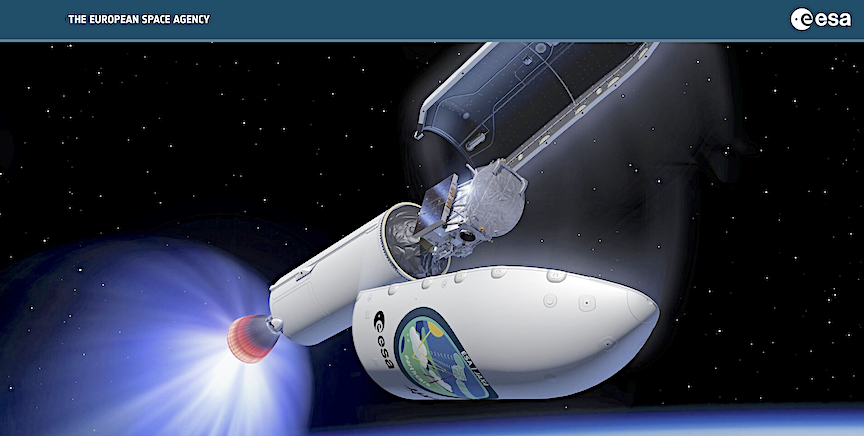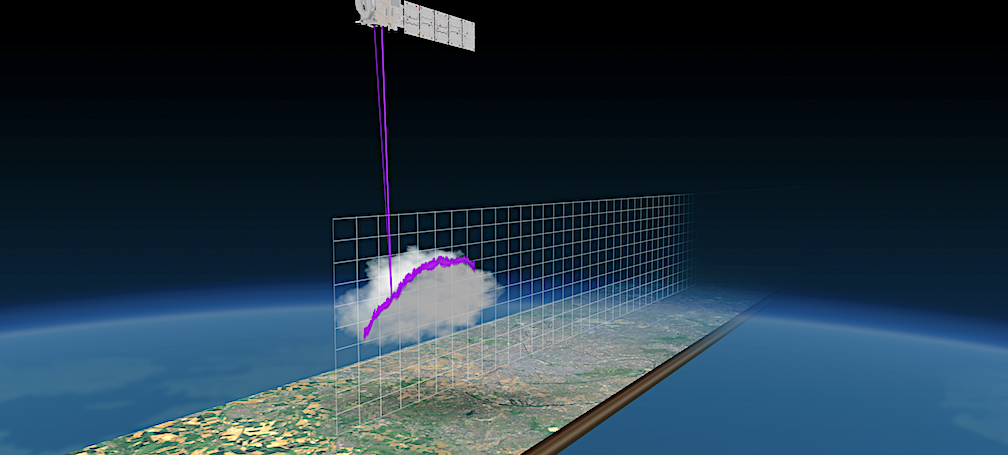
SpaceX will launch on Tuesday, May 28, at 3:20 pm PDT, EarthCARE (Earth Cloud Aerosol and Radiation Explorer) is a joint mission of ESA and JAXA. The main goal of the mission is the observation and characterization of clouds and aerosols as well as measuring the reflected solar radiation and the infrared radiation emitted from Earth’s surface and atmosphere.
The launch will be on SpaceX Falcon 9 at Space Launch Complex 4E, Vandenberg SFB, California.
The forecast calls for a temperature of 59°F, broken clouds, 70% cloud cover and a wind speed of 15mph.
ESA’s Earth Cloud Aerosol and Radiation Explorer (EarthCARE) mission is getting ready for lift-off on a SpaceX Falcon 9 from Vandenberg, California, with a target launch date of no earlier than 28 May 2024. Save the date and watch the launch live on ESA WebTV or ESA YouTube.
EarthCARE, the most complex of all of ESA’s Earth Explorer missions, will quantify and reduce the uncertainty about the role that clouds and aerosols play in heating and cooling Earth’s atmosphere – contributing to our better understanding of climate change.

ESA’s cloud and aerosol mission
Understanding and monitoring Earth’s radiation balance is crucial for addressing climate-related issues and is something that can only be done from space.
Developed as a cooperation between ESA and the Japan Aerospace Exploration Agency (JAXA), EarthCARE will examine the roll that clouds and aerosols play in reflecting solar radiation back into space and also in trapping infrared radiation emitted from Earth’s surface.
EarthCARE will, for the first time, measure vertical profiles of cloud particles and aerosols, and their fall speed – providing new insights into interactions between clouds, aerosols and precipitation. It will also register the distribution of water droplets and ice crystals and how they are transported in clouds.

This essential data will improve the accuracy of both cloud development models and their behaviour, composition and interaction with aerosols, as well as improve future climate models and support numerical weather prediction.
EarthCARE is equipped with four state-of-the-art instruments that work together to provide a holistic view of the interplay between clouds, aerosols and radiation.
The satellite’s atmospheric lidar delivers cloud-top information and profiles of thin clouds and aerosols. The cloud profiling radar, provided by JAXA, provides information on the vertical structure, motion and internal dynamics of clouds. The multispectral imager offers a wide-scene overview in multiple wavelengths, and the broadband radiometer directly measures reflected solar radiation and outgoing infrared radiation.
By using all four instruments at the same time, our understanding on the impact of clouds and aerosols on reflecting sunlight and trapping heat can be directly correlated with measured reflected solar radiation and emitted thermal radiation combined on one satellite.
EarthCARE will orbit Earth at an altitude of around 400 km which is as low as possible to optimize the use of both LiDAR and radar. It will fly in a polar orbit, crossing the equator in the early afternoon, to optimize daylight conditions.
